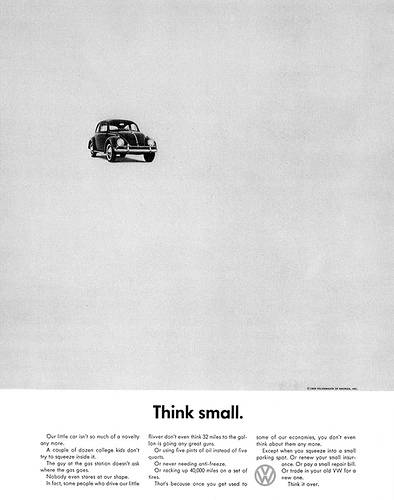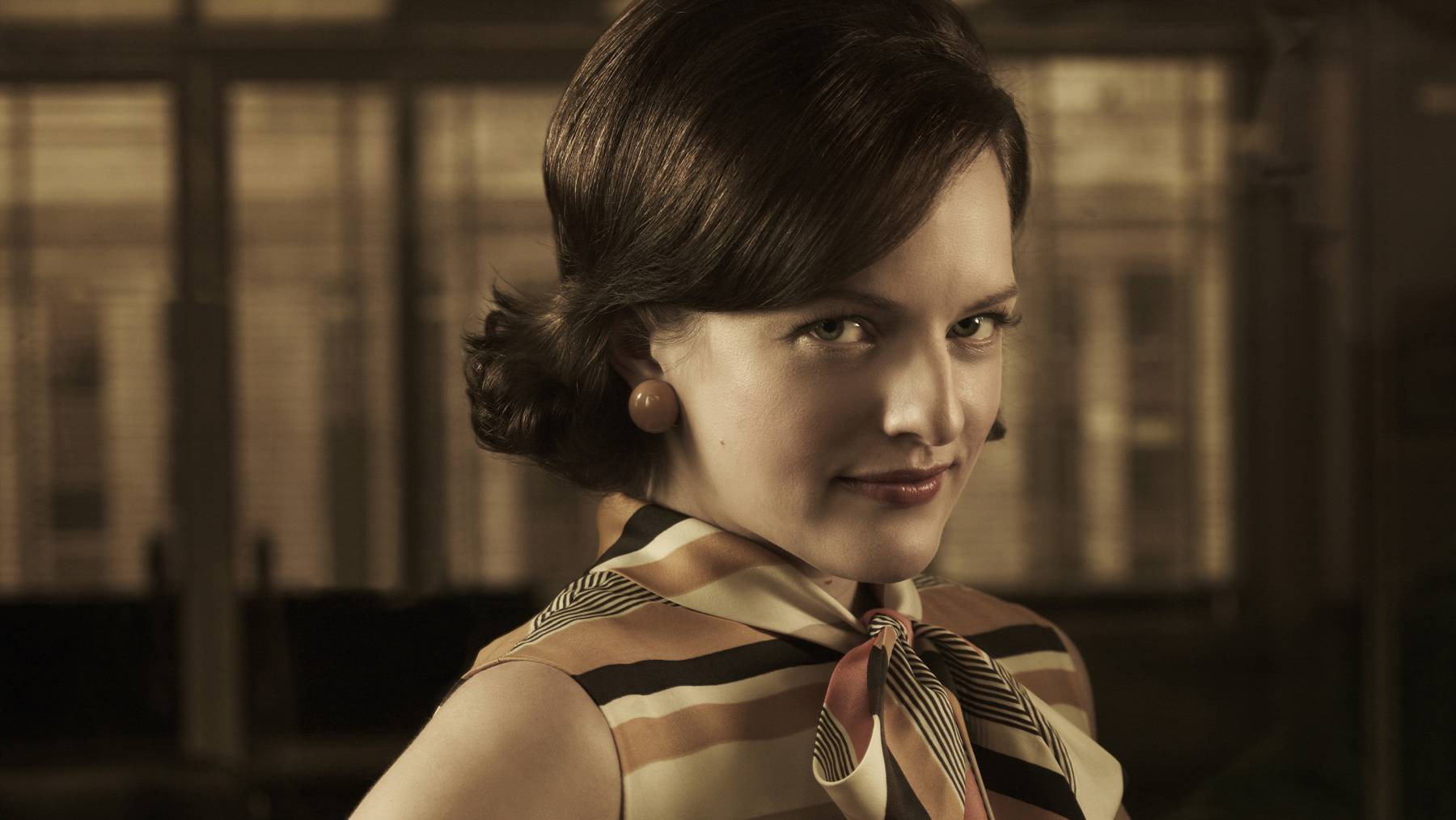Since 2007, Mad Men has been a pop culture phenomenon whose influence has spread far beyond the number of people who actually watched the TV show.
While the period piece was more about drama between the characters than it was about advertising per se, it still lifted the veil on a definitive era in the industry – a time when creativity was gaining new importance and being rethought.
In subtle and not-so-subtle ways, it also had an impact on the industry today. This Sunday, the show airs its final episode. What legacy does it leave in advertising?
Dig up the archives
When was the last time it was cool to talk about Edsel Ford? The answer is possibly never: but that’s just what Ford Motor Co.’s Lincoln brand has been doing, in ads it purchased to run in heavy rotation during Mad Men’s final episodes.
Looking back to the origins of its luxury brand, the company uses archival footage, vintage typefaces, and old ads that the show has helped to somehow seem fresh again.
And Lincoln is not alone. Over the show’s tenure, many advertisers have seen new value in invoking old work. In 2012, Newsweek sold many of the magazine’s advertisers on producing retro-style ads for the issue marking that season’s debut. (Some, like Allstate and Johnnie Walker, used real ads from the 1960s.)
Canadian Club whisky was a “stagnant” brand eight years ago, according to its owners; when Don Draper swigged it, sales went up, and the marketing team rejigged their plans to cash in on the retro cachet. Other distillers have happily noticed that brown liquors are back in vogue.
Invoking nostalgia, or history as a signifier of reliability, predates Mad Men. But the series lent more glamour to that history, which translated into real value for some brands.

The aesthetic
The Draper-esque side parts, which began to cap many creative noggins in the show’s early days, are just a small part of the influence of that 1960s aesthetic. Some art directors were also influenced by the ads that were showcased on AMC’s flagship drama.
“The attention to design in the ads on Mad Men definitely impacted typeface selection, and the design aesthetic – taking it back to simple, impactful design” said Derek Blais, an art director and associate creative director at BBDO Toronto. “If you look at the ads made at that time, such as the DDB ‘Think small’ ad for Volkswagen, it had an effect, with creating ads that are a lot more simple.”

Female role models
At a time when the leadership of ad agencies’ creative ranks is overwhelmingly male, ambitious copywriter Peggy is not just a relic of the period.
“She would kick ass in an agency in 2015,” said Angus Tucker, partner and executive creative director at John St. “She’s independent, powerful, principled, not willing to take a back seat to anybody. She’s smart. She challenges ideas. She puts her head down, and she’s totally focused on the work.”
Considering how much advertising still talks down to women, a challenge for the industry is to hold on to more Peggys – and promote them.
In a show that in many ways does not reflect the reality of advertising today – the long lunches, the frequency of open sexual harassment, the office drinking and smoking, the big marketing budgets – Peggy is a role model, and not just for women.
“At a cocktail party, I don’t want people to ask me if I’m the Don Draper [at the agency],” Mr. Tucker said. “I want people asking me, ‘Are you Peggy?’”

The art of the pitch
The most famous scene in the series is the Kodak pitch for their Carousel slide projector. Don Draper delivers a story about nostalgia and the emotion of memory, showing photographs from his own life to lend the pitch extra effect.
At the Advertising and Communications Department at Humber College (where the Kodak clip has been shown in a few classrooms), those skills are still part of the curriculum.
“What it really shows is the importance of storytelling, and giving value to the client,” said Michael Rosen, program coordinator for the Bachelor of Creative Advertising degree at Humber. “So many clients have a product, and they don’t understand the brand – what it means to consumers. That part of it is still true, that it is people in the agency’s job to show the client the potential of what they’ve developed.”
Not everyone walks into a boardroom to deliver a heavy, dramatic monologue the way Don Draper did countless times over the course of the series. Pitches can be much more lighthearted. Styles vary. But the importance of a good story is still paramount.
“Don Draper is so great at selling an idea,” said Judy John, chief creative officer at Leo Burnett Canada. “That’s very much a part of pitching … That conviction, telling a story, and convincing clients of your point of view, still exists.”
The cool factor
Other TV shows have featured people who worked in advertising, including Melrose Place, Bewitched, and Thirtysomething, but none of the shows were really about the business. The same could be said of Mad Men, but it focused on office life in an agency far more than any show on TV has done before.
“It’s made advertising more top of mind as a profession, and made it cool again,” Ms. John said.
“It made us all feel better about ourselves, and think we’re better looking and better dressed than we are,” joked Mr. Tucker.
At least, that’s as far as the creative department is concerned. (Poor accounts managers; while copywriters are comparing themselves to cool guy Don, they’re saddled with weaselly Pete.)
“Mad Men at it’s best, helped people see behind the curtain, albeit fictitious … at some of the timeless challenges and complexities that arise as part of the creative process,” said Leah Gregg, content strategist with Rethink in Vancouver. “…We work hard and we have a lot of fun together. It really is a hilarious, creative environment … minus the drinking and chain smoking and nooners, and lawnmower shenanigans.”